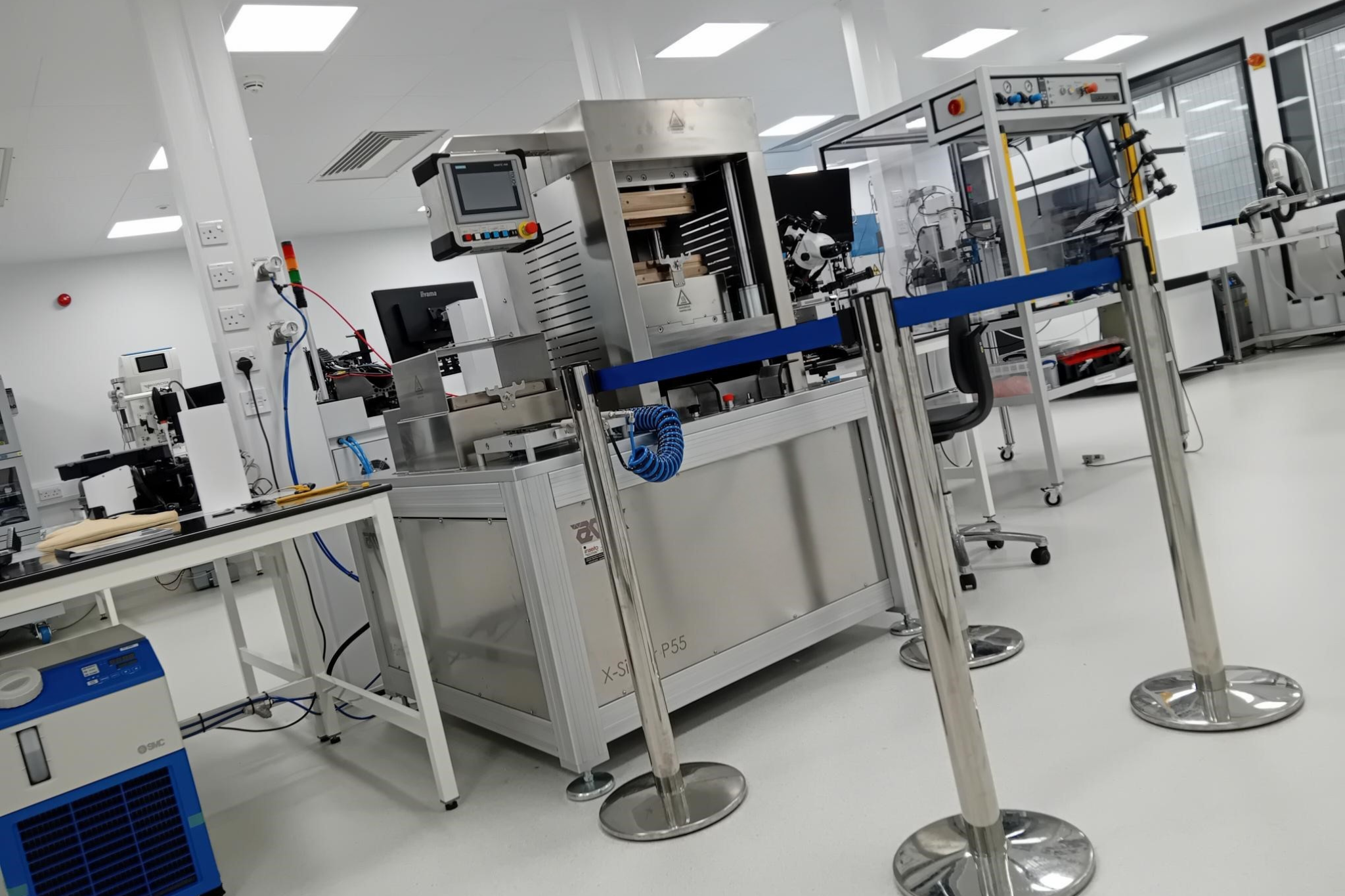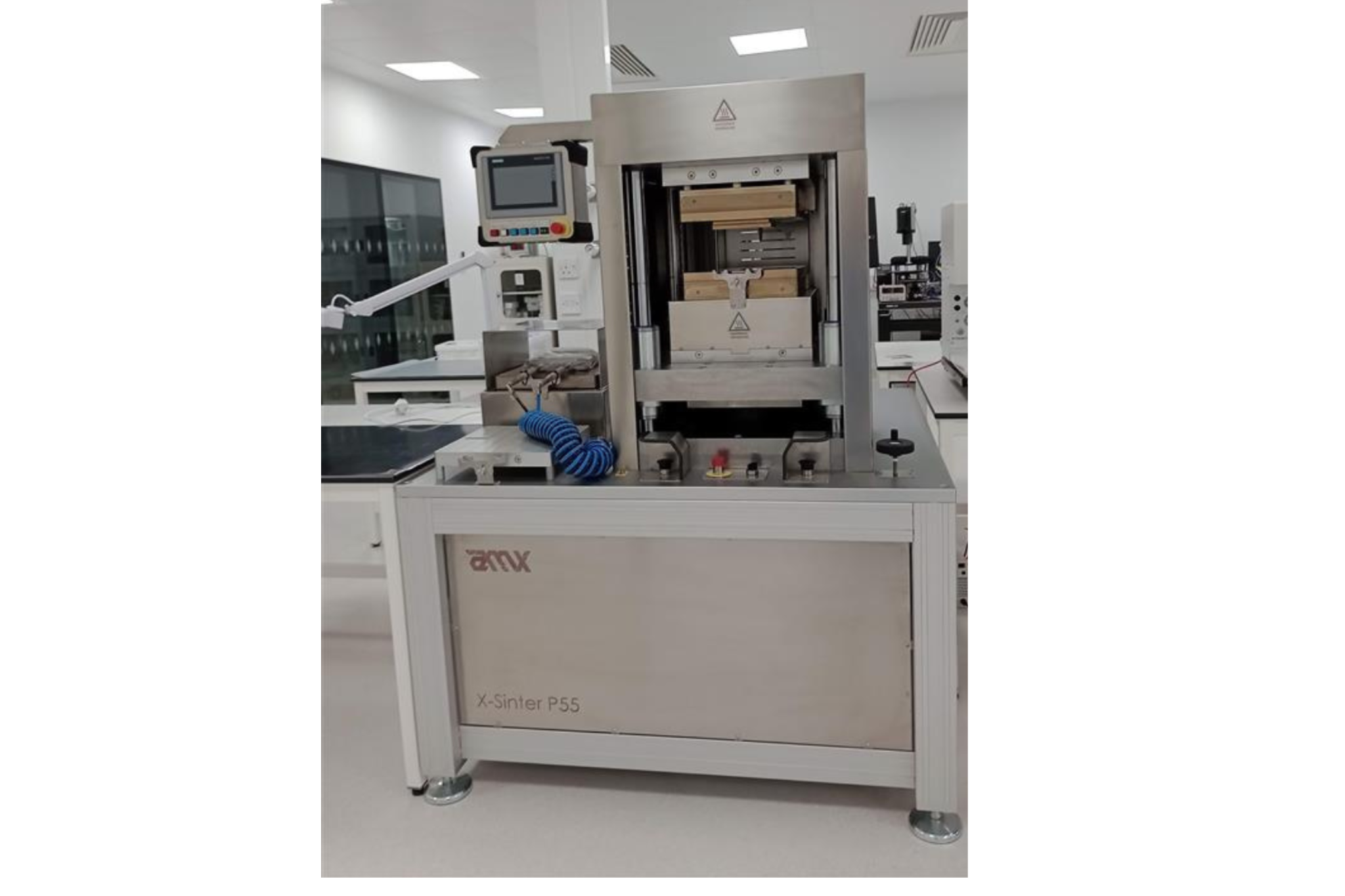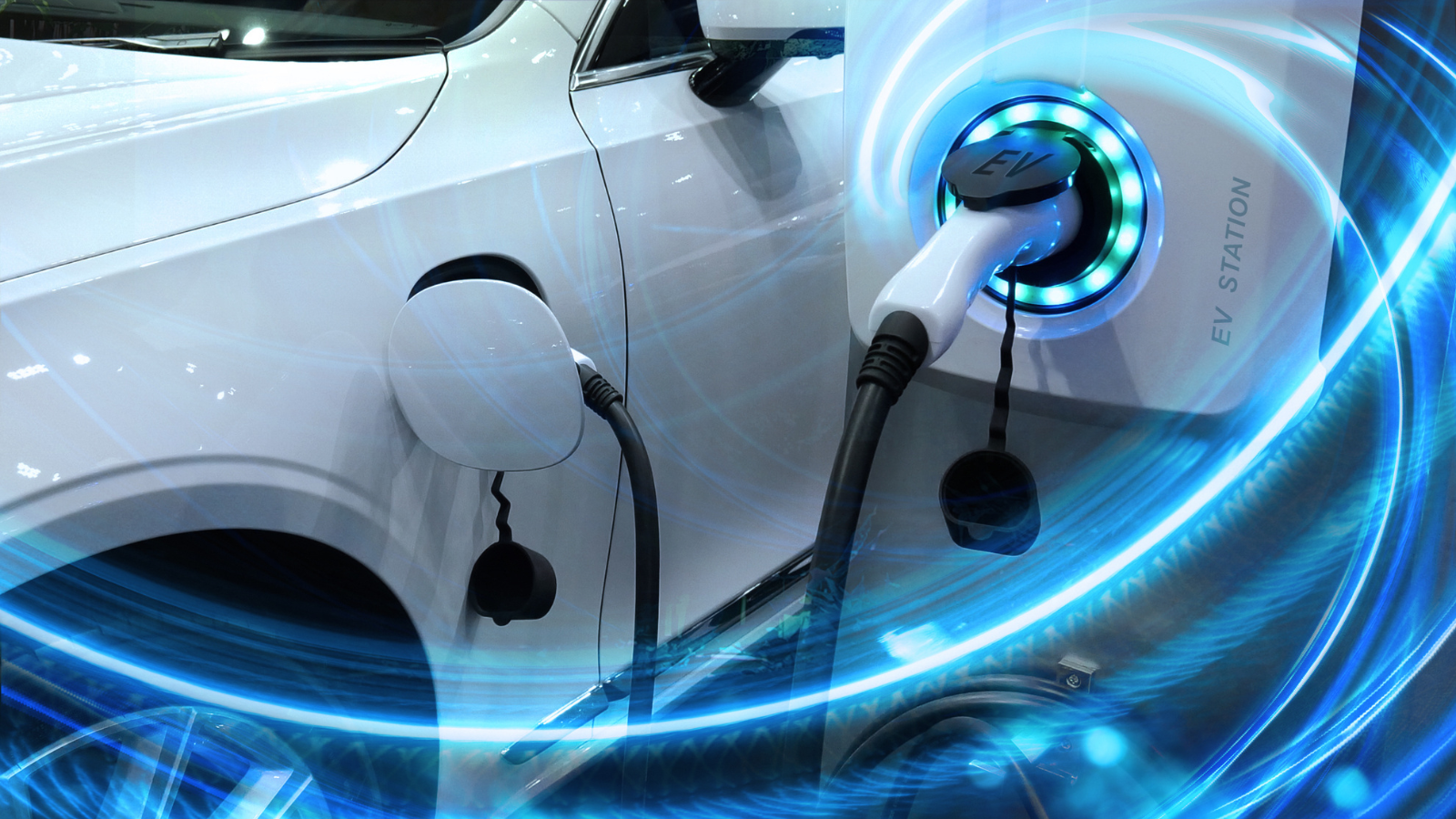What is it?
High-pressure sintering is transforming power electronics packaging by addressing challenges associated with high-temperature applications, where high power densities generate significant heat.
High-pressure sintering produces components that can withstand harsh operating conditions and prolongs their lifespan, which is crucial for reliable performance. The sinter press facilitates the manufacturing of multi-chip power electronics module assemblies using advanced high-pressure sintering technology.
What is high-pressure sintering?
Traditional joining technologies may not address the unique requirements of compound semiconductors.
High-pressure sintering is essential for optimising performance and reliability. It uses sinter material containing silver or copper particles, which are subjected to elevated temperatures and pressures, while remaining below their melting points.
Diffusion is central to this method. It facilitates the rearrangement of particles with reduced porosity, which results in stronger connections and enhanced material integrity.
High-pressure sintering means we can produce stronger, denser materials joints at lower temperatures than we could using traditional methods. This capability makes it an effective joining technique for die attachment applications.
Why is high-pressure sintering a good technique for compound semiconductors?
When combined with compound semiconductors like silicon carbide (SiC), high-pressure sintering improves mechanical and electrical properties. This synergy provides an advantage in high-performance electronics, such as power modules, where reliability and efficiency are paramount.
Another advantage of high-pressure sintering is that it operates without a liquid phase because the melting points of the materials are much higher than the sintering temperature.
This characteristic ensures the initial joint remains intact, even when additional joints are created through subsequent heat cycles as part of the manufacturing.
As a result, the process flow for assemblies in power modules, for example, is streamlined, which make robust structures well-suited to demanding applications.
Silver sintering and, more recently, copper sintering technologies offer a robust lead-free alternative to solder pastes, due to their excellent thermo-conductivity and high electrical conductivity properties.
Sintering will enable power devices to work for much longer as they enable the devices to withstand more heat.









